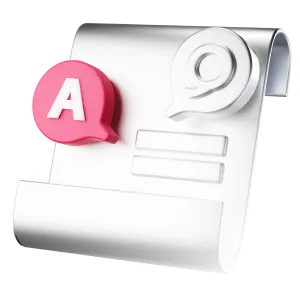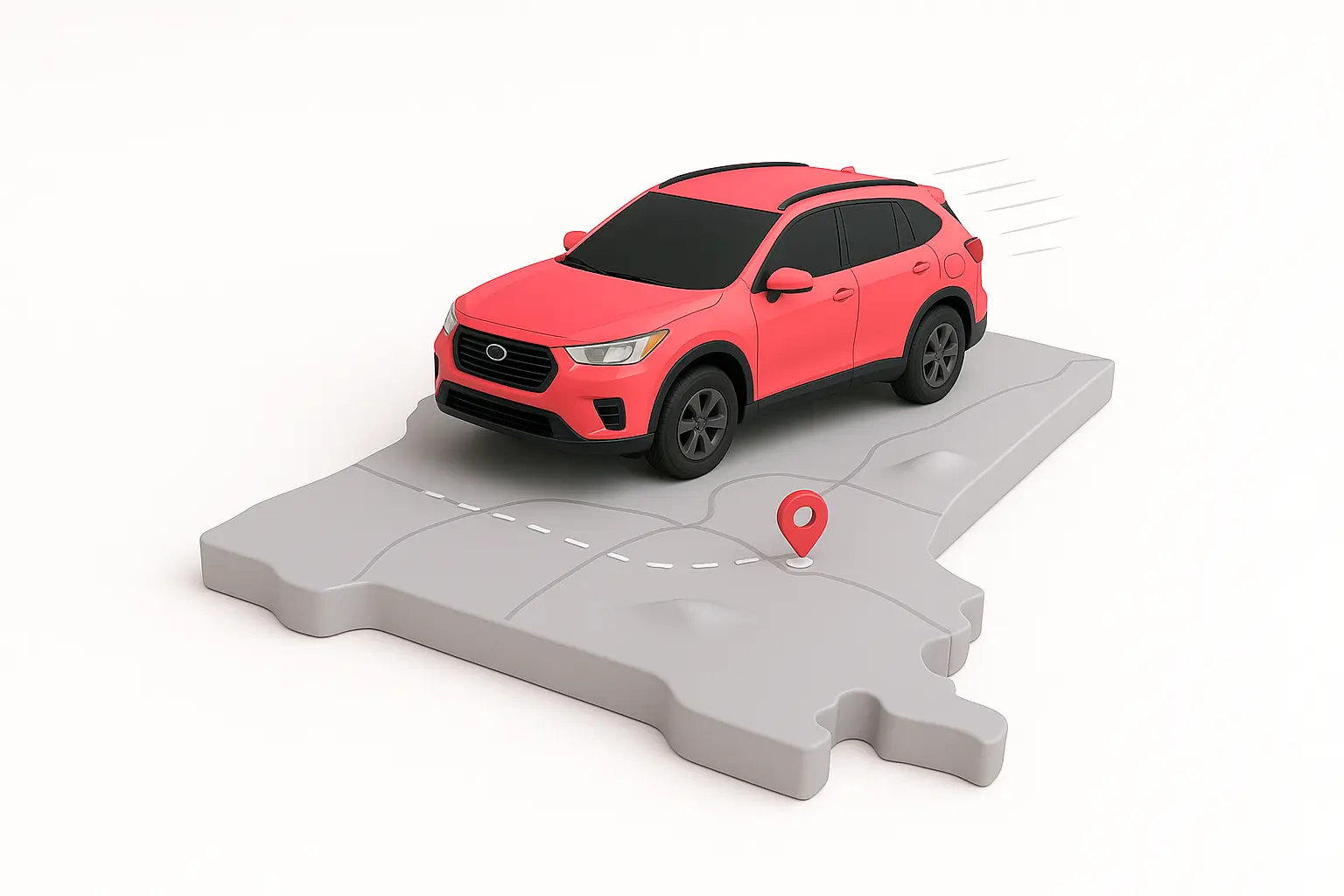The average cost of a tire rotation ranges from about $20 to $75, depending on your vehicle, tires, location and service provider.
Rotating your tires is a simple DIY task but, because of the weight of tires, and breaking loose the lug nuts, it can be back breaking and exhausting. Paying someone else to do it is money well spent.
This simple service is often performed in conjunction with regular oil changes, which have a similar maintenance schedule, making it easy to remember when tire rotations are needed and sometimes saving drivers money on bundled services.
Drivers with larger or specialty vehicles, including those with oversized or unique tires, may pay more for tire rotations due to additional labor charges, special equipment and unique rotation pattern requirements.
Factors that affect tire rotation costs
Tire rotation is a relatively affordable car service — if you’re quoted $200 to $300, you’re probably being taken for a ride. But some factors, like your location, tire type and size, and vehicle type, can get you a slightly different quote from your friends and neighbors.
- Vehicle type: All-wheel-drive (AWD) and four-wheel-drive (4WD) cars have more complex rotation processes and may therefore cost more.
- Tire and wheel type: Specialty tires may require advanced rotation techniques or equipment.
- Tire size: Oversized wheels may be more difficult to rotate, meaning they take more of a mechanic’s time.
- Location: Regional labor rates vary, so you may pay more for a tire rotation in an urban area than a rural one.
- Service provider: Dealerships, chain stores and local tires shops all have different pricing.
What is a tire rotation?
A tire rotation is the process of moving a vehicle’s tires from one position to another. This helps promote even tread wear for each tire, improves tire safety and performance, increases their lifespan and reduces the stress on other systems of your car.
Tires are moved from one side to the other and either front-to-back or back-to-front in a specific cross pattern. The rotation pattern is clearly called out in your owner’s manual, and it depends on whether your car is front-wheel drive (FWD), rear-wheel drive (RWD) or all-wheel drive; how many tires you’re rotating; and the type of tires. The auto industry uses standard rotation patterns for different vehicles and tire types, so your tires should get even wear no matter which mechanic you use.

Your mechanic may choose a rotation pattern that accounts for your spare tire, too, if you want to rotate that in for even wear.
The tire rotation service only changes the position of each tire. This is different from more complex wheel alignment or wheel balancing services.
How often should I get my tires rotated?
Tire rotation is recommended every 5,000 to 8,000 miles. This is usually as often as you might change the oil in your car, so many drivers get both services at once to save both time and money.
You may need to rotate your tires more often in the following instances.
- Your tires are new: New tires need to be rotated before hitting 5,000 miles, as their deep tread is particularly prone to uneven wear.
- Your tires are wearing unevenly: If you notice that your tires are wearing down unevenly — one tire is wearing more than the other, or a tire is wearing down more toward the inside than the outside — it’s probably time to head to the shop. Tires in need of a rotation may also make more noise than usual.
- Your car is all-wheel-drive: Shorter rotation periods are recommended for many AWD tires, often ranging from 3,000 to 5,000 miles.
- You do a lot of off-roading: If you have off-road or specialty tires that get more wear and tear, you may need more frequent rotations.
Tire manufacturers provide rotation recommendations in each tire guide.
How to save on tire rotation
Though they’re one of the more affordable car maintenance services, you’ll have your tires rotated several times over the life of your car — and who wants to overpay for routine maintenance? Here are some ways to save a bit of money.
Bundle services
Tire rotation is often provided for free from the major tire chain stores. It may also be free if you bought tires from that same shop or if you are getting other work done at the same time, such as an oil change.
Membership perks
Some tire rotations may be free with maintenance plans from places like Costco, Sam’s Club or your local dealership. You may need to purchase one of these maintenance plans or they could come free of charge with the purchase of your tires.
Keep your tires in good condition
Besides regular tire rotations it’s important to take good care of your tires. This means checking them often for nails, gouges and other damage.
You should also keep them properly filled according to the manufacturer’s recommendations for each season. The recommended tire pressure is found on a sticker inside the driver’s side door jam. Some cars require different tire pressure for the front and back tires.
Look for coupons and discounts
As with oil changes, tire rotation is a common maintenance service, so many providers publish deals and coupons. Be sure to check online, in the mail or ask about specials when booking your appointment.
FAQs
-
Where can I get a free tire rotation?
-
Can I rotate my own tires to save money?
-
Is tire rotation worth the cost?

Stephanie Colestock is a professional writer, CFEI®, and licensed insurance agent specializing in personal finance. With over 14 years of experience, she crafts insightful and accessible content on a wide range of financial topics, including insurance, loans, credit/debt, investing, retirement planning, and banking.
Her bylines appear in top-tier publications such as TIME, Fortune, MSN, Business Insider, USA Today, Money, Fox Business, and CBS. Stephanie’s deep understanding of complex financial concepts and her ability to communicate them clearly have made her a trusted voice in the industry.
When she’s not writing, Stephanie enjoys SCUBA diving, reading a good book, and traveling the world with her family.

Annie is a writer and editor at Jerry with more than a decade of experience writing and editing digital content. Before joining Jerry, she was an assistant assigning editor at NerdWallet. Her past work has appeared in the Associated Press, USA Today and The Washington Post. Her work has been cited by Northwestern University and Harvard Kennedy School. Annie served as a spokesperson for NerdWallet during her time at NerdWallet and has been featured in New York Magazine, MarketWatch and on local television and radio stations.
Previously, she worked at USAA and newspapers in Minnesota, North Dakota, California and Texas. She has a bachelor’s degree in journalism from the University of Minnesota.

Phil grew up fixing lawn mowers, motorcycles and cars. He began his journalism career as a night police reporter in Chicago and Denver. Moving to Los Angeles, Phil ghost-wrote several how-to books about car buying. He then was hired by the consumer automotive site Edmunds.com where he worked as an “undercover” car salesman. This led to a series of articles called “Confessions of a Car Salesman.” Additionally, he wrote DIY articles about car maintenance and repair and took high-performance driving lessons on race tracks in Nevada and California. Later, he wrote a syndicated automotive column for Nerdwallet. He recently he authored the book Electric Cars: How to Get Rolling Today. For Jerry he will use his experience to help car owners make smart decisions about driving, repairing and maintaining their vehicles. Phil lives in Long Beach, Calif., and still enjoys turning wrenches and helping his son change the oil in his 2016 Mazda3.









